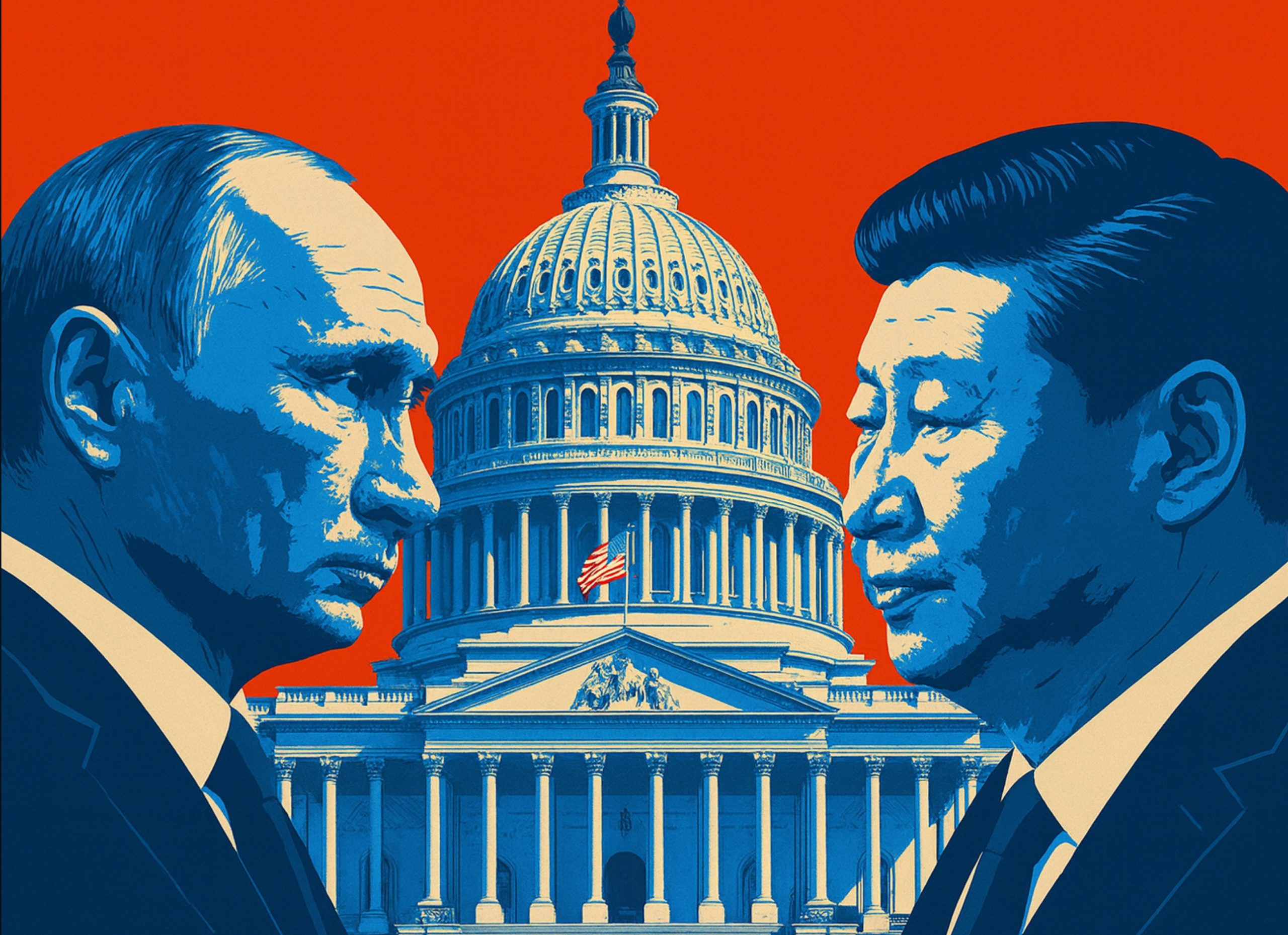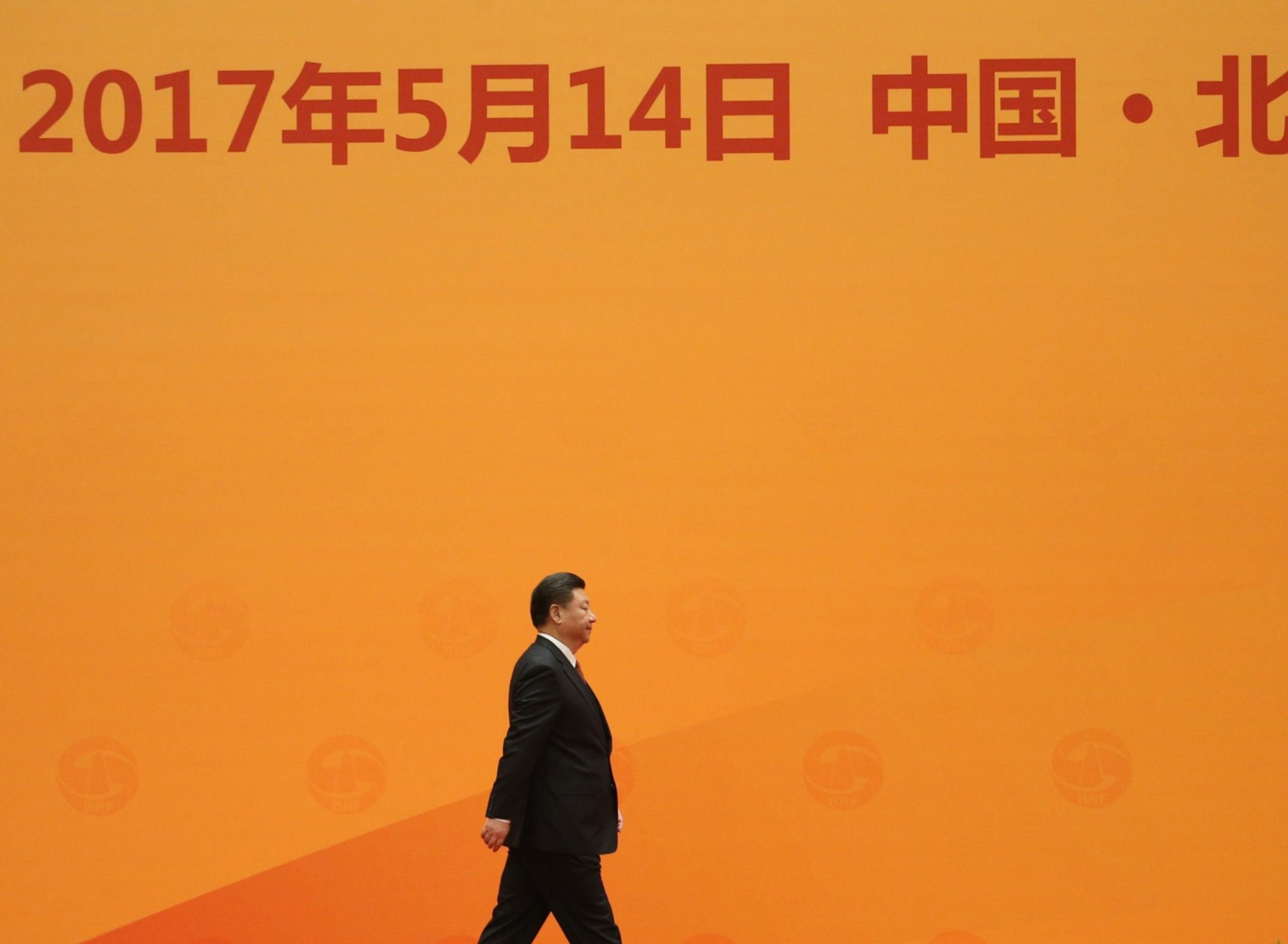

The Limits of Attraction
China’s Soft Power and Regional Realities
By | Yejin Lee,
DECEMBER 22, 2024 | 4:06 PM
Joseph Nye once said, “The best propaganda is no propaganda.” Unlike hard power, which involves military and economic might, soft power is the ability to attract other countries voluntarily through knowledge, culture, and the arts. In recent years, the use of soft power has grown significantly, with numerous media outlets highlighting its benefits and impact. Governments have increasingly incorporated it into their foreign policy strategies, using it to strengthen public diplomacy. In other words, the most effective soft power feels natural and doesn’t resemble propaganda.
Let’s take a look at the soft power strategy of one of the most propagandistic nations, China. President Xi has consistently emphasized the need to enhance the soft power strategy. But has it succeeded? According to a 2023 Pew Research Center survey covering 24 countries, China’s foreign policy approach is viewed largely negatively. A majority perceive that China does not consider the interests of other nations in its policies and interferes in their internal affairs to a significant degree.
In particular, Western nations and South Korea hold predominantly unfavorable views of China. However, with the exception of India, middle-income countries such as Kenya, Nigeria, Mexico, and Indonesia show relatively positive responses. India has a long-standing border dispute with China and is concerned that China’s Belt and Road strategy infringes on Indian interests. In contrast, Kenya and Nigeria have experienced notable benefits from the initiative, including job creation and economic growth.
China’s Belt and Road Initiative (BRI) is particularly important to the Southeast Asian region. Infrastructure development around the Straits of Malacca, a global logistics hub, is essential for China’s energy and goods movement. Southeast Asia is an important junction of China’s Maritime Silk Road and Land Silk Road, and developing infrastructure connecting the Straits of Malacca to the Indochina Peninsula will greatly benefit China’s energy and goods movement. In Indonesia, there have been large-scale infrastructure developments such as the Jakarta-Bandung high-speed rail line.
This was the first high-speed rail line in Southeast Asia to open in 2023, reducing travel time between the two cities from three hours to 40 minutes. Additionally, the presence of a significant overseas Chinese community has fostered opportunities for cultural exchange. The Morowali Industrial Park, with more than $6 billion of Chinese capital invested, has helped create local jobs and revitalize the economy, and plays a key role in supporting China’s nickel mining and battery production plans. In Laos, a high-speed rail line connecting Vientiane to Kunming marked the country’s first step into high-speed rail infrastructure.
This is the first high-speed railroad in Laos, and it connects the landlocked country to international trade routes, giving Laos a route to international trade. It also allows China to reduce logistics transportation costs. Meanwhile, Cambodia has seen significant developments, such as the Sihanoukville port and the Phnom Penh-Sihanoukville highway. Since its October 2022 opening, the highway has recorded 2.53 million vehicles within 200 days, with officials praising its role in stimulating the local economy.
But are these outcomes entirely positive? Concerns over debt-trap diplomacy and environmental degradation have prompted mixed reviews across the region. According to Australia’s Lowy Institute, China has become Southeast Asia’s largest infrastructure financing partner. However, it has more than $50 billion in unfulfilled project financing, more than half of which are canceled, scaled back, or seemingly unlikely to proceed. Sihanoukville, Cambodia, exemplifies the region’s complexities. Though Chinese media often highlight positive outcomes, such as development boosts attributed to the BRI, the city’s transformation tells a different story. Residents initially welcomed the investment due to job creation, but the influx of organized crime, inflation from real estate demand, and environmental degradation—such as garbage-covered beaches—has severely impacted the local community.
Laos faces similar challenges. Economic dependence on China has become a pressing issue, with more than 60% of Laos’ GDP tied to external debt, much of it owed to China. The $6 billion Lao-China high-speed rail project has limited economic benefits due to low initial profitability, exacerbating the financial burden. Construction-related deforestation, ecosystem damage, forced displacements, and loss of livelihoods have fueled social tensions. These projects have primarily benefited Chinese companies and elites, leaving Laos economically constrained and heavily reliant on China.
China’s Belt and Road Initiative (BRI) has undoubtedly transformed the regional balance of power in Southeast Asia through economic leverage and strategic ambition. Infrastructure investments have enhanced connectivity and economic growth but have also complicated the soft power narrative with the risks of economic dependence and environmental challenges. Despite these challenges, China continues to assert its leadership role, using cultural diplomacy and economic tools to bolster its influence. The Chinese government is increasingly emphasizing educational and cultural exchanges as a core part of its soft power strategy, aiming to deepen connections and foster goodwill in the region.
China is actively strengthening its soft power through cultural diplomacy and educational cooperation in Southeast Asia. It offers various scholarships and exchange student program opportunities to Southeast Asian students. Additionally, China aims to build a positive image by offering Chinese language courses and cultural programs through Confucius Institutes. Confucius Institutes were established around the world to promote the Chinese language, ideas, and culture. Indonesia, with its significant overseas Chinese population, serves as a prime example of where such cultural exchanges play a crucial role in advancing China’s soft power strategy.
Traditional performances and cultural events further help build connections with local communities, enhancing China’s cultural appeal while strengthening political and economic relationships. China is also utilizing digital, healthcare, and environmental sectors. The original Belt and Road Initiative (BRI) focused on trade, investment, and infrastructure, but the evolving “Belt and Road 2.0” strategy signals a broader, long-term approach to reshaping its global image. This includes the Digital Silk Road, with developments in e-commerce, mobile payments, and cloud systems, as well as initiatives for fostering restorative cooperation among participating nations. Additionally, China’s vaccine diplomacy has played a significant role in its health cooperation strategy. During the pandemic, China ramped up the supply of domestically produced vaccines and epidemic prevention materials, projecting a positive image on the global stage. These efforts have achieved some success in reinforcing China’s leadership and influence in international health cooperation.
Furthermore, China is increasing its soft power in Southeast Asia through media and information dissemination and utilizes a variety of strategies to do so. For starters, China’s state-run media outlets, China Global Television Network (CGTN) and Xinhua, provide news content in local languages to positively disseminate China’s political positions and developments. These outlets focus on highlighting China’s economic growth, foreign policy, and international role, thereby promoting a favorable image of the country. Broadcast media also play a key role in China’s strategy, particularly through a method referred to as “encounter-seeking.” International channels like CCTV-9 and CCTV-4 broadcast China’s cultural, economic, and political narratives across Europe, North America, and Asia.
This expansion facilitates the dissemination of Chinese perspectives and helps shape global public opinion through collaboration and program exchanges with foreign media. By integrating IPTV and satellite broadcasting, China now reaches over 60 million viewers, strengthening its diplomatic influence and reinforcing a positive global image. In recent years, digital platforms like TikTok and Weibo have become vital tools in China’s media strategy. TikTok, for instance, serves as a hub for showcasing Chinese culture and promoting favorable views of China’s political stance. Additionally, China’s media policies often involve steering coverage or influencing local journalists to report stories aligned with its interests. For example, local media might be encouraged to highlight the benefits of the Belt and Road Initiative or focus on China’s foreign aid and economic cooperation. Through this multifaceted approach, China effectively utilizes media platforms to shape public opinion in Southeast Asia.
The U.S. is expanding its limited economic engagement to counter China’s infrastructure investments. The Build Back Better World (B3W) initiative offers alternative infrastructure projects, and the ASEAN-U.S. Trade and Investment Framework Agreement (TIFA) is strengthening trade ties. The United States seeks to counter China’s BRI through sustainable development and transparent investment. However, compared to China’s large-scale investments in Southeast Asia, U.S. engagement is still lacking. As a democratic ideological country, the United States emphasizes democracy and human rights in Southeast Asia to counter China’s authoritarian model. After the 2021 military coup in Myanmar, the United States imposed sanctions on the military government and supported the democracy movement.
It promotes democratic values and leadership through programs such as the Young Southeast Asian Leaders Initiative (YSEALI). The U.S. has also helped Southeast Asian nations challenge Chinese influence by calling out China’s human rights record at the United Nations. It has strengthened military alliances with Southeast Asian nations to help limit Chinese influence. Military ties, including a Mutual Defense Treaty with the Philippines, have been maintained to keep China’s expansion in the South China Sea in check. It has also strengthened security partnerships with Indonesia and Malaysia through military exercises and arms sales and maintains regional security through the ASEAN Defense Ministers’ Meeting Plus (ADMM-Plus), a multilateral security cooperation.
China’s soft power strategy in Southeast Asia can be characterized as half successful and half unsuccessful. China’s infrastructure investments and economic partnerships have had a positive impact on Southeast Asian countries. Large-scale infrastructure projects through the Belt and Road Initiative have improved transportation networks, energy supplies, and boosted regional economic growth. In addition, China has fostered friendly relations through social outreach and cultural diplomacy. Confucius Institutes, cultural events, and Chinese language education programs have helped establish a positive image of China in local communities. Media strategies have played an important role in shaping public opinion in the region by positively communicating China’s position.
However, China’s soft power has been criticized over concerns about economic dependence. Many Southeast Asian countries have expressed concerns that Chinese loans and investments will make their economies overly dependent on China. In addition, there are significant critical perspectives on the Belt and Road project’s debt problems. China has created the Asian Infrastructure Investment Bank (AIIB), a Chinese version of the World Bank, to attract neighboring countries to invest in infrastructure. This is a huge source of financing for the Chinese government, ostensibly to provide infrastructure investment to countries along the BRI, but also to solve China’s internal problems.
The inconvenient truth is that China is using the BRI as a kind of debt instrument to solve its own problems of oversupply, a weakening domestic economy, and zombie enterprises resulting from its failed offtake strategy. There are also a number of negative perspectives on the aforementioned Confucius Institutes. In recent years, they have been shut down in the United States and other Western countries, and in South Korea, a campaign to expose Confucius Institutes has even been established. This is because there is a deep suspicion that the institutes are actually controlled by the Chinese Communist Party’s Ministry of Unification and Front Work and that they are engaged in pro-China propaganda activities beyond their cultural and educational purposes.
Therefore, China has now turned to Belt and Road countries in Southeast Asia and elsewhere to exert influence through Confucius Institutes. Whether China’s strategy succeeds will be seen in the long run. However, China’s soft power has been built with the active involvement and leadership of the government. Soft power is supposed to be a naturally attractive image created through the empowerment and participation of the private sector, but in China’s case, it is almost entirely propagandized and packaged by vested interests, raising the question of whether it is losing its original meaning.
China’s soft power policies will have a significant long-term impact in Southeast Asia. China is expanding its influence through major capital investments, such as the Belt and Road Initiative, as well as cultural and media tools. These strategies will increasingly influence the political and economic decisions of countries in the region. However, concerns about China’s economic dependence and rising anti-China sentiment may limit its influence to some extent. In response, the United States will need to strengthen its economic investments and military partnerships, emphasize democracy and human rights, and offer alternatives.
To sustain or expand its influence in Southeast Asia, the United States will need to develop a strategy that moves beyond the lure of China and respects the region’s political diversity and autonomy. As such, the competition between the United States and China is likely to intensify in the coming years. Southeast Asia, in particular, is a strategically important region, and both countries will seek to expand their influence there. In this competition, regional states will play an important role in maximizing their interests between the United States and China. Southeast Asian countries will try to maintain a balance through economic and political choices, making the competition more complex and multi-layered. Ultimately, Southeast Asian countries will need to choose a strategy that contributes to their economic growth and political stability while maintaining their independence between these two powers.

